Andrew Rule: The handshake that blew the lid off Melbourne’s gangland wars
It has now been 20 years since a meeting of criminal minds and a fake handshake in a Red Rooster carpark led to a horrendous murder, but also marked the beginning of the end of the Underbelly war.
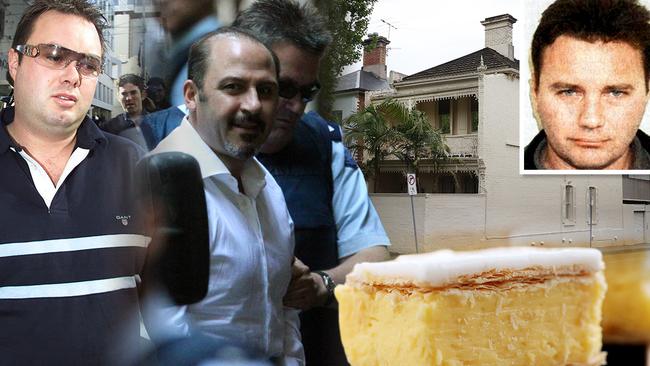
Police & Courts
Don't miss out on the headlines from Police & Courts. Followed categories will be added to My News.
It was the handshake that ended the Underbelly war, but the men who did the shaking had no peaceful intentions. It was a fake gesture, just a way for a crime boss to slip a note to a hired killer.
The piece of paper that Tony Mokbel palmed to the triggerman held two addresses for the man he wanted dead.
One address was in the hardened artery of Collingwood, in Hoddle St, near the once-notorious Housing Commission towers. The other on the south side of the river in genteel South Yarra.
The difference between those two addresses reflected the double life of the target, a low-profile but highly-active player in the lucrative Melbourne nightclub scene.
If he’d ever filed a tax return it would probably indicate he hawked hotdogs and lollipops.
But it takes a lot of lollipops to pay for a double-storey terrace house in South Yarra, let alone a separate property north of the river. The truth was that the hotdog vendor made most of his money selling ecstasy tablets in clubland.
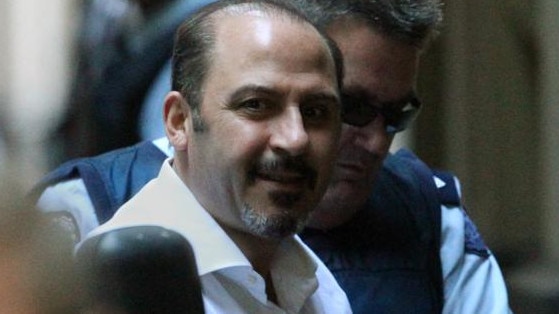
It is now 20 years since that faked handshake set up a horrendous murder, one chillingly similar to the double killing of Jason Moran and his friend Pasquale Barbaro in a van full of children at a junior football clinic in Essendon three months earlier, on June 21, 2003.
The meeting happened on a Tuesday lunchtime, September 30, in the carpark of the Red Rooster store at the corner of Melville and Moreland roads in Coburg.
Investigators had specialist surveillance police, a.k.a. “the dogs”, watching suspects for the Moran-Barbaro killings around the clock, using the best technical help they could get: long lens cameras, phone taps, car trackers and a range of audio bugs in living rooms, cars and elsewhere.
The suspected hit team had led the watchers to this meeting of criminal minds.
The dark, balding man with the pizza-fed frame was Tony Mokbel. The round-faced young man with the round-faced older man was Carl Williams and his father, George. There was also one of Williams’ favourite gunmen — codenamed “Mr Andrews” in police documents but widely known as “The Runner” — and another man later given the legal alias “Mr Thomas”.
The police briefing notes went like this: “The group were observed talking together, before Carl and George Williams and (Mr Thomas) turned away and allowed Mokbel and (Mr Andrews) to have a private discussion. During his discussion … Mokbel was very animated and appeared to be telling (Mr Andrews) something.”
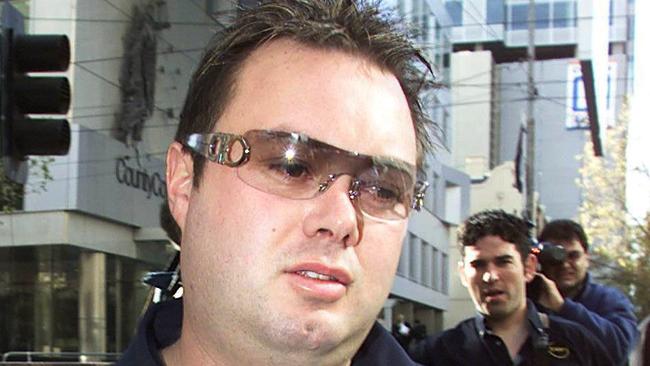
Then came the subtle sign that a plot was brewing, spotted by the sharp-eyed watchers.
“Despite having met earlier and already greeting each other, Mokbel was observed shaking hands with (Mr Andrews), following which (Mr Andrews) placed his hand into his pocket,” the report stated.
The watchers were right. The shooter would later tell detectives that Mokbel had passed him the note containing the target’s addresses and car details. At the time, the police had no idea who or what was being targeted by Mokbel and Williams’ hired help, only that it wouldn’t end well for somebody.
After the Red Rooster meeting, police redoubled efforts to monitor the shooter and his driver. For almost four weeks, hidden operatives watched and listened as the pair drove around particular areas, one in Collingwood but increasingly in the Hawksburn precinct of South Yarra. The gunmen were up to something, but what?
Police speculated they were preparing for an armed robbery on a local car dealership, or perhaps the Bush Inn hotel on the corner of Williams and Malvern roads.
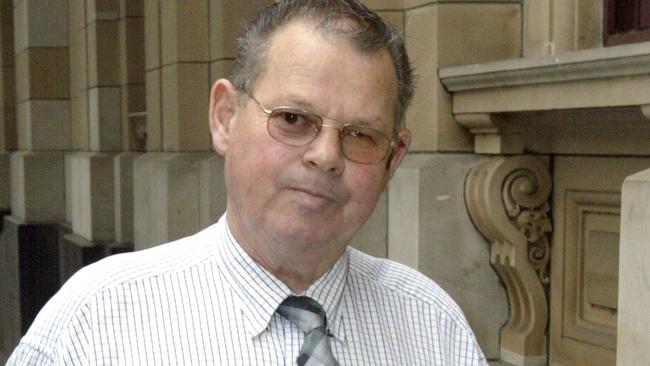
By Saturday, October 25, the experts had been monitoring the shooter and the driver around South Yarra for days. The pair were in a Holden Vectra sedan the police had been monitoring for months.
On this particular Saturday afternoon, the Vectra circled a block bordered on the east by Williams Rd and parked at the western end of a small side street, Joy St.
It was clear from the little conversation the officers could hear (on a listening device planted in the Vectra) that the shooter and his driver were planning to shoot someone. But who?
Shortly before 6.25pm, a local resident unknown to the watchers parked his late-model car in Joy St, unclipped the seat belt from his five-year-old son and walked eastwards towards Williams Rd, hand in hand with the child. The police monitors didn’t realise a target had appeared until after the Vectra driver quickly drove up to stop behind the man’s car.
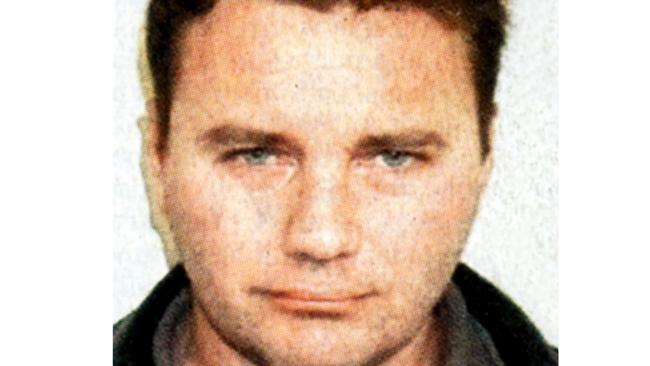
As the Vectra stopped, the shooter jumped out, wearing a balaclava and armed with two handguns. He ran to the man and shot him three times in the head and again when he collapsed in the gutter near the terrified little boy. Police heard the gunshots on the listening device.
The Vectra left the street and the shooter ran from the scene through a block of flats and along a laneway, where he was picked up by the driver. They headed southeast, towards the driver’s home address in Cheltenham, a house that had been under police watch for many weeks.
On the way, they called Carl Williams and said a few words in clumsy code about “that horse” being “scratched”. This was plainly bogus, as all eastern states gallops meetings were well finished by then, and there were no harness race scratchings fitting the time frame.
The fatally wounded man was hotdog vendor Michael Ronald Marshall, aged 38. He was treated by ambulance officers at the scene but was pronounced dead soon after arrival at hospital.
Discreet as he had been, Marshall paid the ultimate penalty for playing a dangerous game for high stakes, selling illegal drugs in a volatile marketplace.
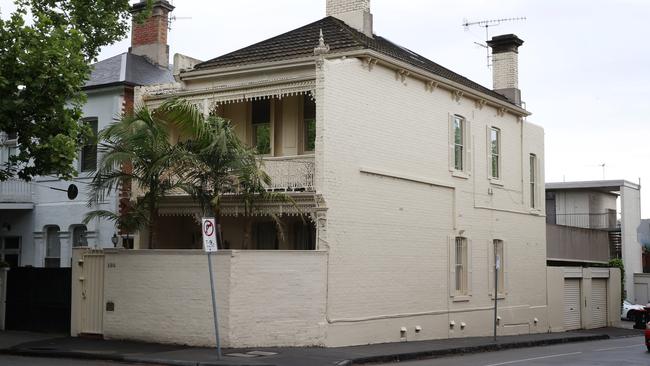
“Nobody had Marshall on the radar,” one investigator mused later. “No one could work out why they were driving around that area. His identity became known after the fact.
“He was one of those who flew under the radar, squirrelled himself away.”
Marshall was a successful criminal in that he had money but never made himself a police target while accumulating it, and never made news. He wasn’t high on any police list of potential gangland murder targets but was known in his own circles — enough that Tony Mokbel believed he was capable of killing Mokbel’s associate Willie Thompson, who’d been shot in his sports car outside a martial arts gym in East Malvern exactly a month after the Moran-Barbaro shooting.
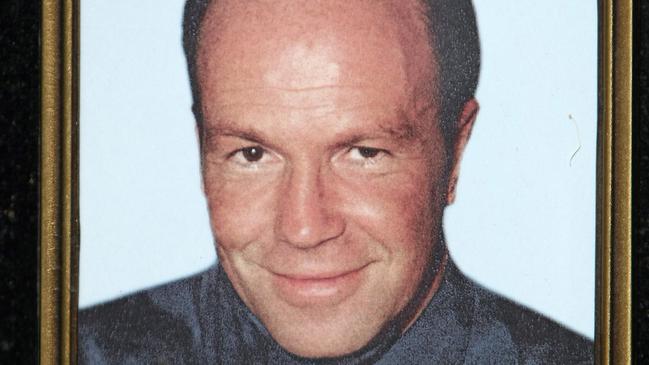
The truth, unknown until later, was that the treacherous Williams had in fact organised Thompson’s shooting. But when Mokbel asked about it, Williams lied and blamed Marshall. He then cynically stooged Mokbel by setting up the Red Rooster meeting with Williams’ pet hitman to plot the Marshall murder to “avenge” Thompson.
The fact that everyone involved was willing, again, to ignore the old-school underworld taboo against involving children, showed how the drug trade had depraved a ruthless new breed of crooks.
Marshall’s death spelled the beginning of the end of the gangland war that had raged for almost exactly four years, since the October day in 1999 when Jason Moran had shot Carl Williams in the belly in a dispute over a pill press.
It had taken police a long time to identify the main players, then to gather the necessary evidence to make a move against people who spent lavishly on lawyers.
The brazen Moran-Barbaro double murder had concentrated the efforts of the force’s best homicide detectives, led by Sen. Sgt. Rowland Legg. It forced senior police and their political masters to take the underworld war as seriously as the public and the media already were, prompting the birth of a dedicated taskforce with enough resources to take down relatively sophisticated and very wealthy crooks.
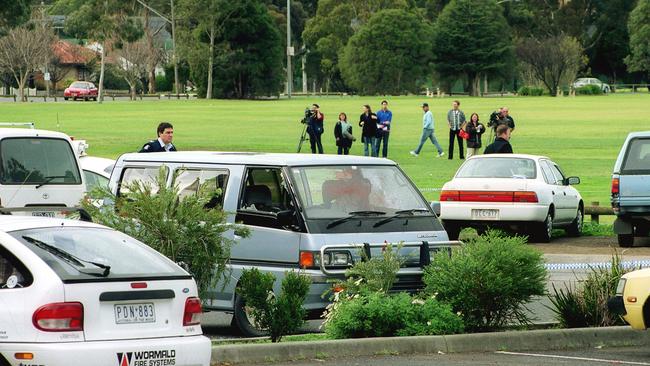
Concentrating on the leads that Legg’s crew had teased out within weeks of the double Moran-Barbaro hit meant the new Purana taskforce was hunting the right criminals. But they still had to nail them, and the Marshall murder did that.
When detectives scooped up the shooter and the driver at the latter’s Cheltenham address, along with the murder weapon and clothes worn at the crime scene, it was the beginning of the end for Carl Williams. The pudgy drug dealer had grown so cocky and so cashed-up, he thought he was untouchable.
Williams not only thought he could get away with murder but with short-changing his hired guns. His cheating ways would be his undoing.
Williams had served time in prison with the shooter and with Mokbel, and after their release, the shooter had worked for Williams in his drug-dealing business.
The Runner was known as willing and “staunch”. But the loyalty he and the driver had for Williams, Mokbel and the code of silence started to erode once they were facing huge sentences for the contract murders they’d committed.
It has long been known that The Runner’s attitude turned to anger when he realised Williams had broken his promise to look after The Runner’s mother with cash payments and to hire the best lawyers to represent him.
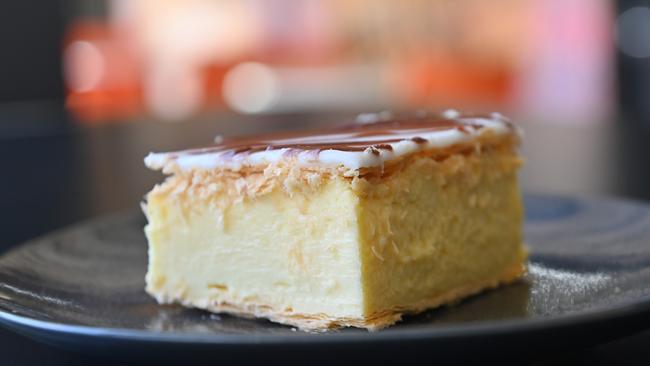
It would take two and a half years from the Red Rooster meeting, when the shooter had been given Michael Marshall’s details, until the shooter finally flipped the unwritten rule about giving up co-offenders.
That was the day in March 2006 that he made a full statement implicating Williams and Mokbel in the Marshall murder.
This time, there was no fried chicken involved. It turned out the killer had a sweet tooth, and asked detectives to reward him with a vanilla slice. A police car raced from St Kilda Rd police headquarters to a favourite baker’s in South Melbourne and purchased the necessary “bribe”.
He ate it and signed on the dotted line. After dozens of violent deaths and an investigation costing tens of millions, a $3 cake sealed the end of the underworld war.




